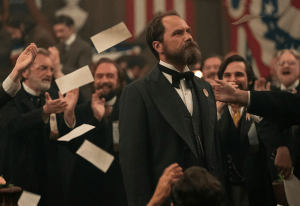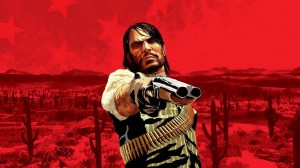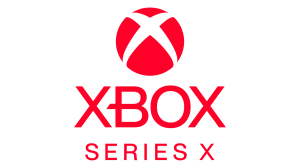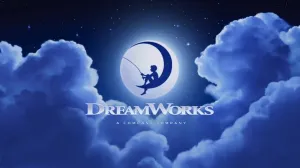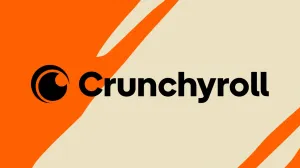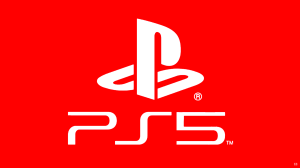The DCU is getting a lot of hype right now. Creature Commandos teased DC Comics fans with the new status quo of their favorite superhero cinematic universe, and the trailers for Superman (2025) have hyped up the world for the upcoming movies. DC is hot and fans want more. They need look no further than the comics. DC has codified the language of superheroes over the decades, while also creating some of the best superteam comics of all time. These five runs on DC’s greatest teams are just what DCU fans need to wet their whistles, showing off the best of DC and exactly what their superhero universe has to offer.
Videos by ComicBook.com
Here are the 5 greatest runs on DC team books, ever.
Grant Morrison’s Doom Patrol
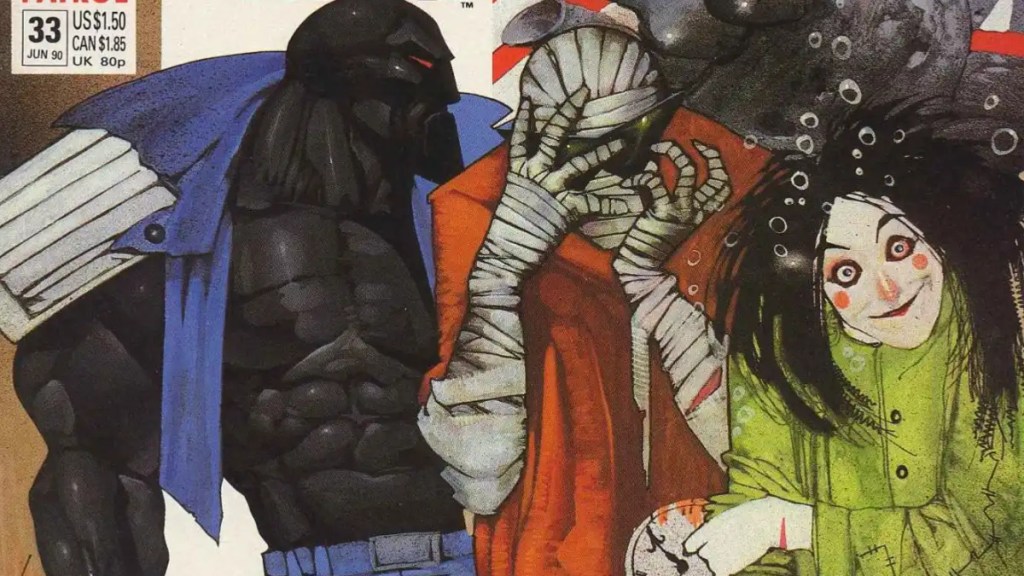
Grant Morrison has earned their place among the greatest superhero writers in the history of the medium. Morrison is known for their mind-bending ideas and the scope of their stories, while also being a master of characterization. All of that was on display when they took over Doom Patrol (Vol. 2) with issue #19. The Doom Patrol was the weirdest team in DC history: a team of misfits dealing with the strangest problems imaginable. DC tried bringing them back as a run-of-the-mill superteam, but that didn’t work and Morrison, wowing fans on Animal Man, was given a chance on the book. They made Doom Patrol one of the best books on the stands in the late ’80s and early ’90s, creating one of the most amazing team comics of all time.
Morrison wrote Doom Patrol (Vol. 2) from issue #19 to issue #63, along with the Doom Patrol Special. They mostly worked with artist Richard Case, with guest stints from Jamie Hewlett, Mike Dringenberg, Stan Woch, Doug Braithwaite, Steve Yeowell, Kelly Jones, and several others. Morrison embraced the weirdness at the center of the Doom Patrol, throwing threats at the group unlike anything anyone had ever seen before, incuding the team saving the universe several times. However, where Morrison’s Doom Patrol truly shines is with the characters. Cliff Steele, Rebis, and Crazy Jane are the focus, getting some of the best character development imaginable. Morrison fleshed them out beautifully, also building secondary characters like Joshua Clay, Dorothy Spinner, and the Chief. The Doom Patrol show made the team stars by borrowing liberally from Morrison, and for good reason — Morrison’s Doom Patrol is the creme de la creme of superteam comics.
Marv Wolfman & George Perez’s New Teen Titans
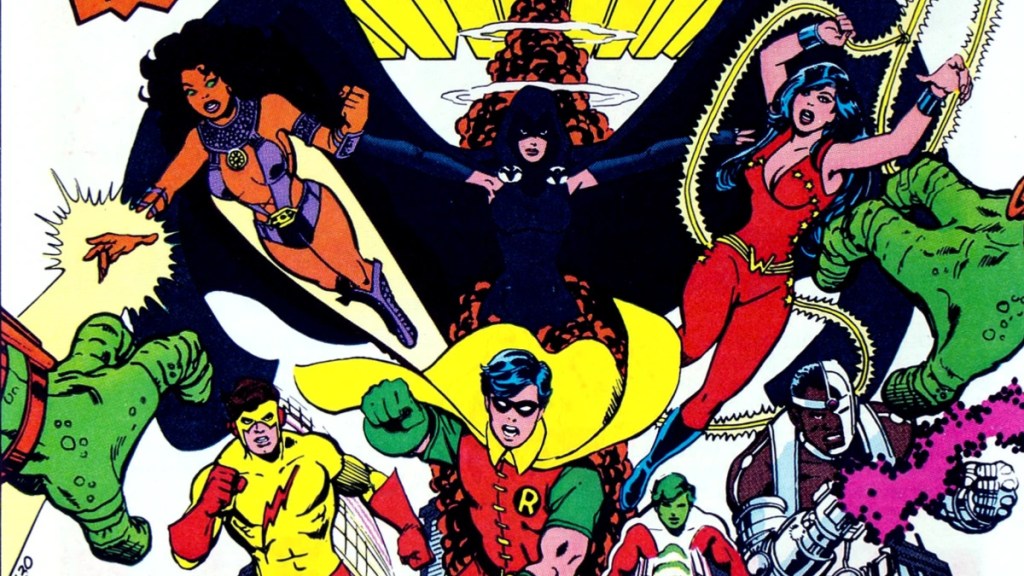
The late ’70s were a very bad time for DC Comics. The DC Explosion meant to expand the line and make the company competitive with Marvel, quickly turned into the DC Implosion, and Marvel was eating their lunch in every way. DC needed a hit and it got it when it put writer Marv Wolfman and artist George Perez on 1982’s New Teen Titans. This book brought back DC’s sidekick team — with Robin, Kid Flash, and Wonder Girl forming the team’s core, new members Cyborg, Raven, and Starfire joining, and Beast Boy from the Doom Patrol rounding out the group. Wolfman and Perez’s original run on New Teen Titans, #1-4, #6-34, #37-50, three Annual issues, and Tales of the New Teen Titans #1-4 contains the greatest Teen Titans stories of all time, introducing villains like Deathstroke, Trigon, Brother Blood, and many more.
Everyone knows the Teen Titans from their animated series, but the only reason those even exist is because of Wolfman and Perez’s work. Wolfman and Perez understood the delicate balancing act of a team book; they gave readers bombastic action, rendered beautifully by Perez’s immaculate and detailed pencils, while also building every character into three-dimensional beings. The book is constantly fun to read. It’s one of the best-looking comics of all time, and the characters are so well-fleshed out that they feel like old friends. The book mixes big action-packed epics with smaller-scale, more personal stories, giving readers everything they could want from a team book.
J.M. DeMatteis, Keith Giffen & Kevin Maguire’s Justice League International
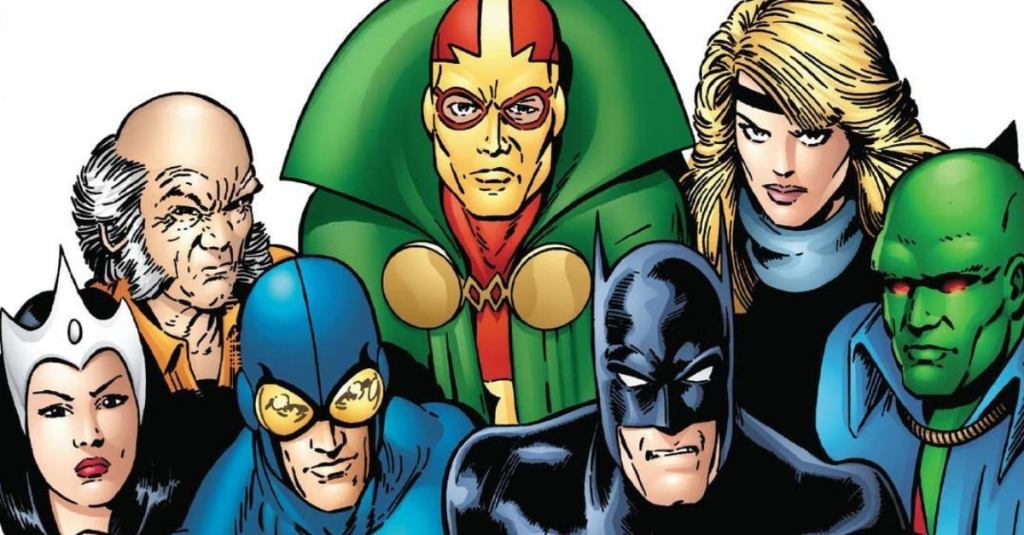
The Justice League is DC’s most important superhero team, comprised of the greatest heroes on Earth. Most eras of the Justice League make this clear, having the team go up against the most powerful threats in the DC Multiverse. However, there is one era of the Justice League that went in a different direction. 1987’s Justice League, soon to be rechristened Justice League International, brought together a team of B and C-list heroes that was more about the characters and the humor of being a superhero than the massive adventures. Writers Keith Giffen and J. M. DeMatteis and artist Kevin Maguire worked on issues #1-12, #16-19, #22-24, and #60, giving readers a very different kind of Justice League comic.
RELATED: DC Hasn’t Missed In Years, And I Can Prove It
While the book is still great in the issues that Maguire didn’t draw, buoyed by Giffen and DeMatteis’s hilarious writing, the book is at its best when the three of them are working together. Maguire’s art is known for being extremely expressive, making the jokes that Giffen and DeMatteis write land even better. The best way to describe Justice League International is that it’s basically the MCU set in the 1980s. The book is heavy on humor and character development, living and dying on the strength of the characters, but that doesn’t mean that isn’t some action-packed epics. It’s a perfect superhero comedy, showing the breadth of what DC’s superheroes have to offer.
Geoff Johns’s JSA/Justice Society of America
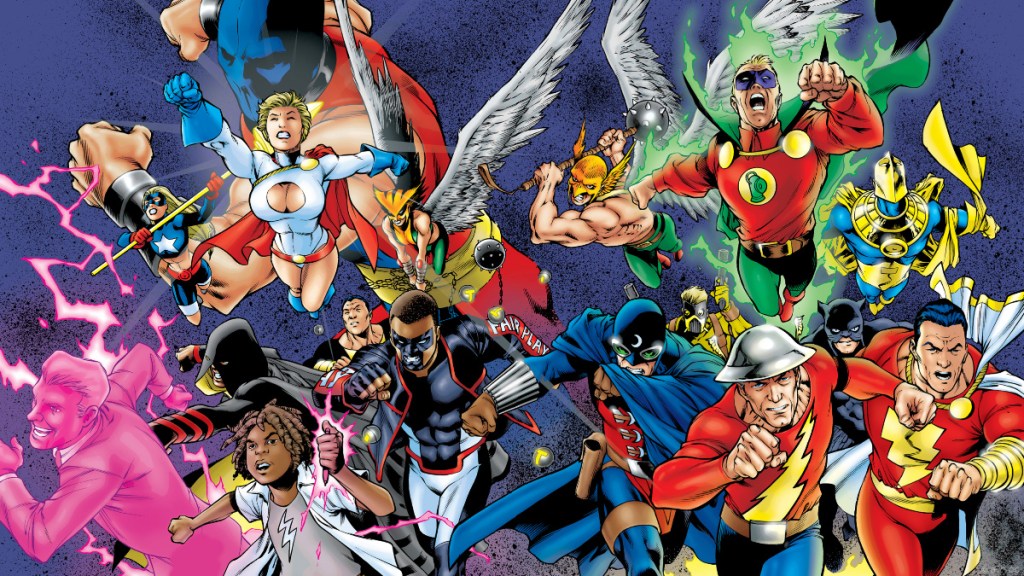
Writer Geoff Johns is one of the main architects of the DC Universe from 2003 until about 2019. Johns’s rise to prominence in the early ’00s can all be drawn back to one book — JSA. Johns joined the writing team of the book with issue #6 and wrote it until issue #77. Johns worked David S. Goyer, who would go on to co-write DC movies like The Dark Knight, Man of Steel, and Batman V. Superman: Dawn of Justice, from issue #6 to #51 and JSA/JLA: Vice and Virtue, finishing out the book on his own, with its final four issues being written by DC legend Paul Levitz with artist Rags Morales, before relaunching it as Justice Society of America and writing issues #1-26. The Justice Society is the first superteam, having first appeared in the 1940s. Over the years, they became the legacy team, with some original members dying and having their places taken by their relatives or sidekicks and other members’ powers keeping them young. From 2000 to 2009, Johns’s JSA/Justice Society of America was considered by many to be the greatest team comic on the stands.
The Justice Society can be a hard sell for new readers; the team has been around since the early ’40s. However, Johns and Goyer were able to make the whole thing work. The team’s core — Jay Garrick’s Flash, Alan Scott’s Green Lantern, Wildcat, and Hawkman — are archetypal heroes but the writers make them human, using their decades of backstory to inform who they are. Characters like Stargirl, Mr. Terrific II, Power Girl, Atom-Smasher, Sands/Sandman, Doctor Mid-Nite III, Jakeem Thunder, and more grow and change over the run, and fantastic new characters are introduced. Black Adam and Shazam have some of their best stories in JSA/Justice Society of America and readers get to see some of the best DC villains of all time they’ve never heard of. Finally, the books give readers the kind of action that can only be found in an A-list team book, earth-shattering battles that have to be seen to be believed. Johns showed his chops as a writer writing the Justice Society, creating a book that shows just how important history and legacy are to the DC Multiverse.
Grant Morrison’s JLA Run
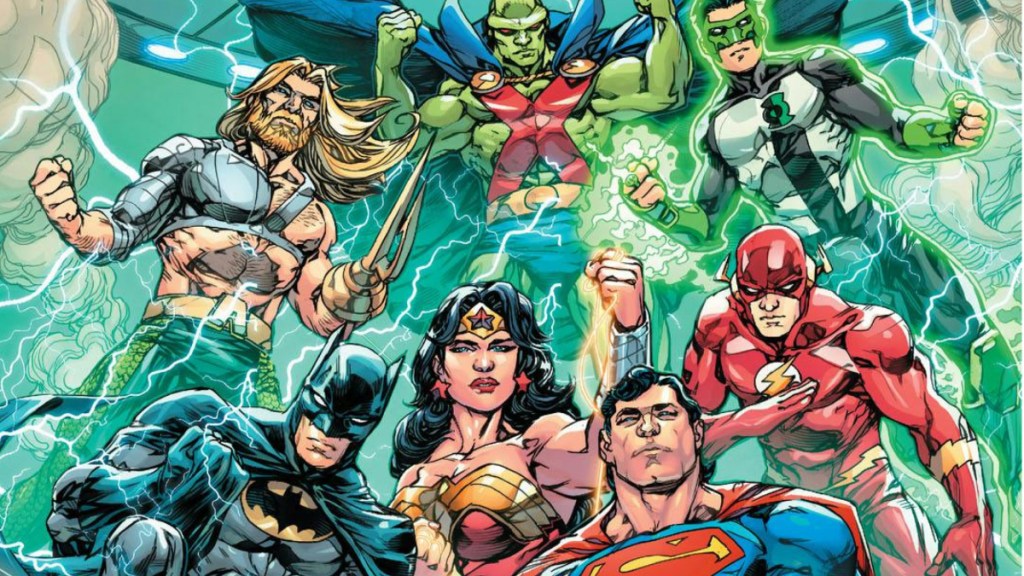
Justice League International‘s success made DC believe that what people wanted from the League’s stories were groups of lower-tier characters that were more about drama and humor than high-stakes superheroism. While this was true for a time, eventually it started to become diminishing returns and DC decided to bring back the “Big Seven” of the Justice League — Superman, Batman, Wonder Woman, Aquaman, the Flash, Green Lantern, and Martian Manhunter. After the success of the Justice League: A Midsummer’s Nightmare, DC launched JLA, with scribe Grant Morrison joined by up-and-coming artist Howard Porter. Morrison wrote issues #1-17, #22-26, #28-31, #34, and #36-41, mostly working with Porter, with several fill-in artists like Oscar Jimenez.
Morrison’s JLA is widescreen superhero action of the highest order. The Justice League consists of the big guns of the DC Universe and Morrison treats them as such, giving them their Watchtower on the moon, shades of the old Justice League Satellite, and pitting them against universe-shaking threats. Halfway through their run, Morrison introduces the Pantheon League, restructuring the team inspired by the Greek Gods, adding characters like Steel, Orion, Big Barda, Huntress, Plastic Man, and the angel Zauriel. Morrison’s JLA is the most epic superhero book ever, ending with the team battling a death machine created by extinct gods. If that sentence appeals to you, then JLA is exactly the kind of comic you should read.
All of these titles are available to read at DC.

